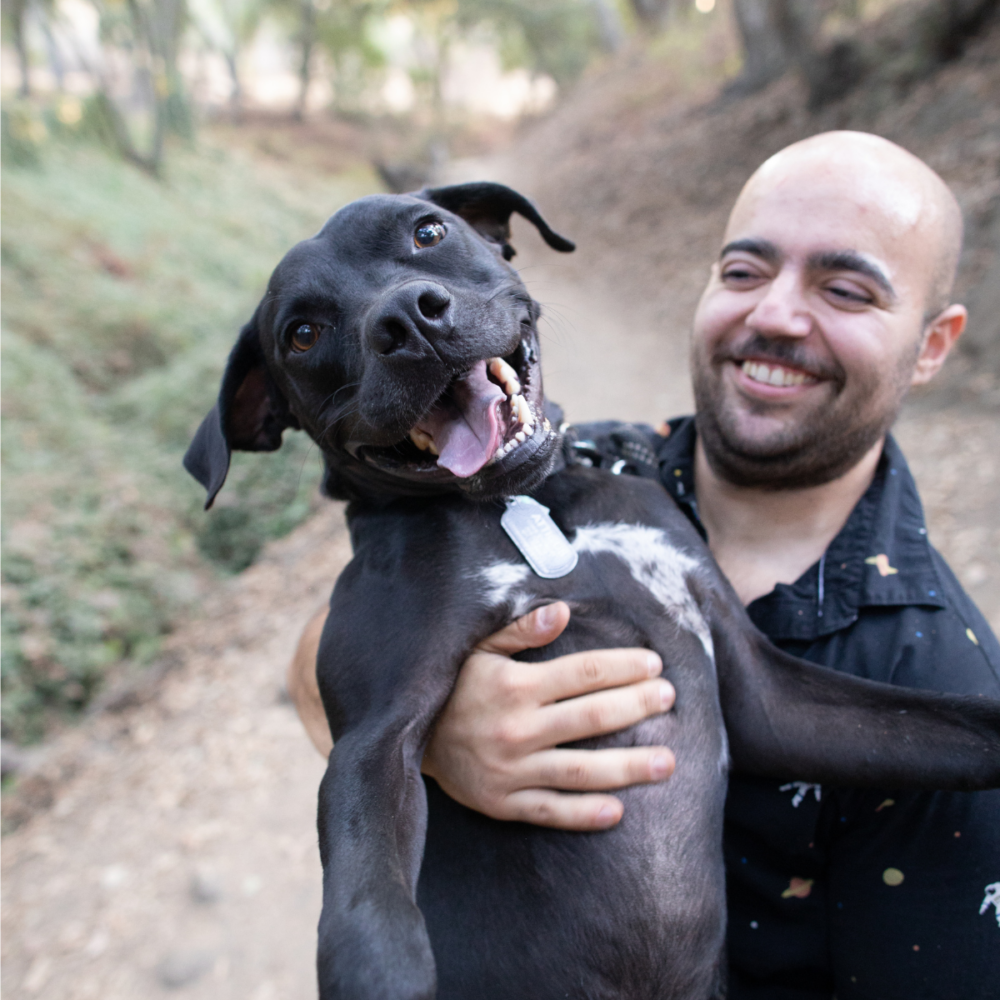Navegando sin mapa: la atención sanitaria y la comunidad transgénero

 From a young age, I rejected anything deemed feminine: I kept my hair short, wore “boy” clothes and pursued more masculine-associated activities. Once puberty began, my gender was anyone’s guess. “What are you?” was a question I often heard from bold strangers. Though I’d been questioning the gender role I was supposed to play since I was 5 years old, it wasn’t until I was 14 that I first heard the word “transgender.” I spent the next six years researching policies, legal paths and what transitioning could look like for me, internally debating if I could accept the risks of transitioning socially, physically and spiritually.
From a young age, I rejected anything deemed feminine: I kept my hair short, wore “boy” clothes and pursued more masculine-associated activities. Once puberty began, my gender was anyone’s guess. “What are you?” was a question I often heard from bold strangers. Though I’d been questioning the gender role I was supposed to play since I was 5 years old, it wasn’t until I was 14 that I first heard the word “transgender.” I spent the next six years researching policies, legal paths and what transitioning could look like for me, internally debating if I could accept the risks of transitioning socially, physically and spiritually.
While transitioning is complicated, my research and preparation resulted in a relatively smooth process until I started changing my gender marker (I.e., the F, M or X we have on our forms of identification). Even though Massachusetts, where I lived at the time, had implemented an anti-discrimination policy and required most health insurance companies to cover parts of gender-affirming surgery, it was still legal for some private insurance companies to deny treatment and/or care based on “gender incongruence.” For example, a male-identified subscriber will not need a Pap smear, nor would a female-identified subscriber need a Cancer de prostata screening. I intentionally chose to not change the gender marker on my health insurance because I was scared they would use it to justify denying me a double mastectomy. Fortunately, I was able to get this gender-affirming surgery almost a year after starting gender-affirming hormone replacement therapy (GAHRT).
Throughout my transition, societal expectations created obstacles to my care. It is possible to separate gender from health care—and we should. The existing emphasis on gender distorts and oversimplifies the person in need of care. Giving individuals the autonomy to make their own health-related decisions, and support once they do, is essential to improved outcomes for all people, not just those who are transgender.
Though I have experienced many obstacles and pain along the way, I’m grateful to help others understand the complexities of gender in our health care system, like when I was invited to share my story at the Prevent Cancer Foundation’s 2022 Taller de promoción on cancer screening disparities in the LGBTQ+ community. As providers, patient advocacy organizations and advocates move forward in trying to improve our system and be inclusive, I urge all individuals to seek out and share resources from trusted groups (like the Red Nacional de Cáncer LGBT), acknowledge any possible biases and find tangible ways to be supportive of the LGBTQ+ community.